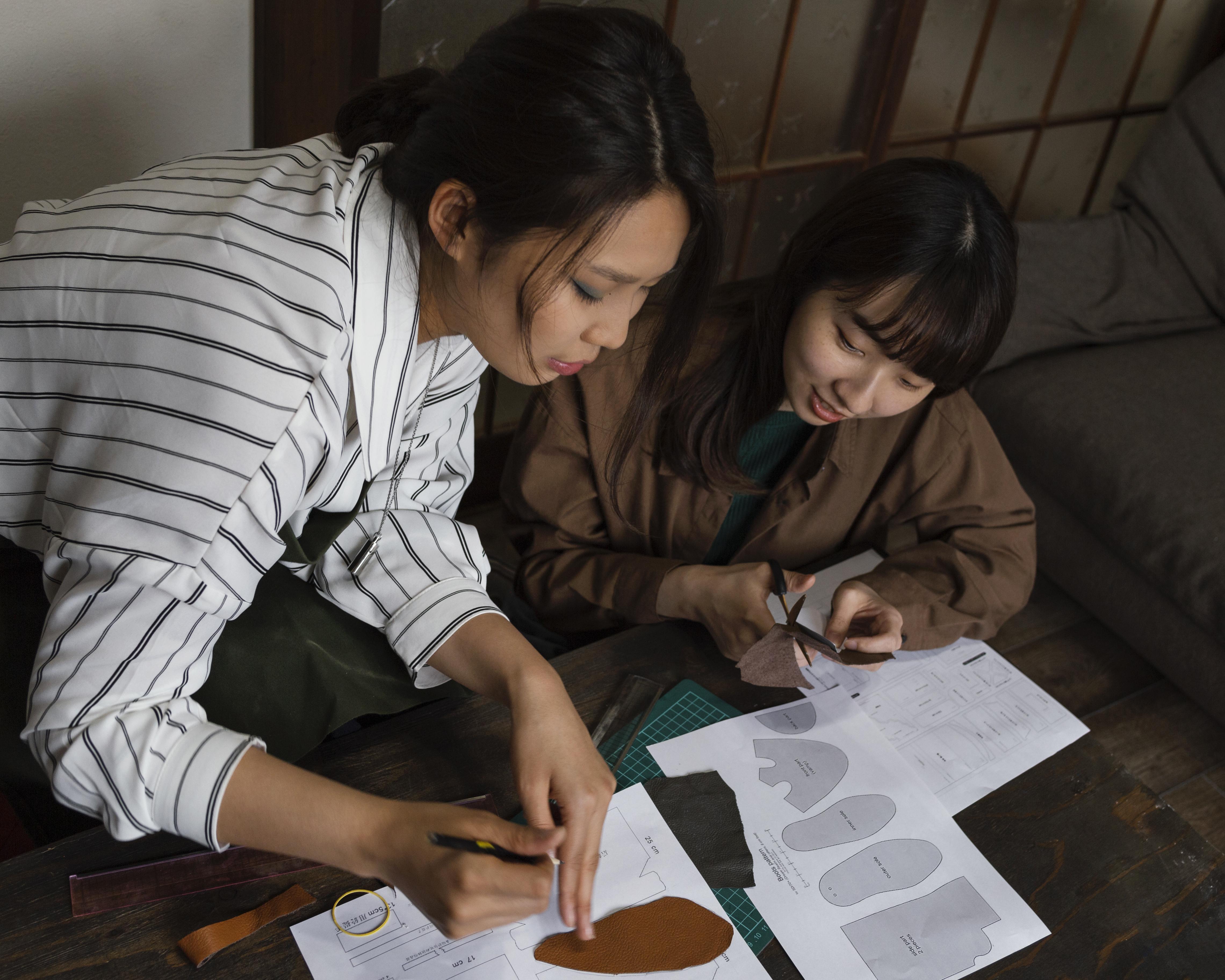How Peer Feedback Can Help Improve Your Learning Ability

Peer feedback is a powerful, academic tool that can greatly enhance a learner's ability to understand and master their studies. It is all about receiving constructive criticisms from your peers who can provide valuable insights and perspectives that may not be evident to you beforehand. The peer feedback system has been widely used in educational settings such as schools, colleges, community learning centers, etc., and it has proven to be beneficial for learners, students, school administrators, educators, and so on. We also provide some strategies to improve peer feedback effectiveness in education.
One of the primary advantages of using a peer feedback system is that it encourages active learning. Instead of passively receiving information from a teacher or textbook, you, as a learner, can actively engage with the material by rather seeking helpful feedback from your peers who have deep understanding of the subject-matter. This active participation helps to reinforce your understanding and retention of the information and encourage learning improvement via peer review.
Constructive criticisms from peers can provide a fresh and alternative perspective on a particular topic, which can be extremely valuable for increasing your understanding of the topic. Sometimes, getting peer-reviewed can be a source of encouragement while learning something new or complicated. For example, a fellow student may have a different interpretation of a concept or offer a unique solution to a problem, which can broaden your level of knowledge and/or imagination.
Peer feedback also promotes critical thinking skills. As a learner, when you receive feedback from your peers, you are inadvertently encouraged to reflect on their own work and analyze the feedback given. This process of evaluation and self-reflection can help you identify areas for improvement and develop your problem-solving skill. The role of peer feedback in developing critical thinking skills has been revealed in different, applicable research or studies.
Moreover, peer feedback fosters a sense of community and collaboration among learners. By actively participating in the feedback process, learners naturally develop mutual responsibility for their own and peers' learning needs. This leads to a supportive learning environment where everyone feels comfortable sharing their work and ideas and are motivated to help each other succeed. It can equally increase student collaboration through feedback systems that hinge on promoting learners’ active participation in the classroom.
The peer feedback system is not limited to academic subjects only. It can be applied to various learning areas, such as creative writing, language learning, and project-based learning. In creative writing, for instance, students can provide feedback on each other's stories, helping to improve the quality of their writing and storytelling skills.
In language learning, peers can practice conversations and provide feedback on pronunciation and vocabulary usage. This real-life interaction helps learners become more confident in using the language and enhances their overall communication skills.
In project-based learning, students can give feedback on each other's projects, which can lead to a deeper understanding of the topic and improve the quality of the final product. This collaborative approach also mirrors real-world scenarios, where professionals often rely on peer feedback and collaboration to drive innovation and improvement.
Incorporating peer feedback in the educational system also benefits school administrators. The implementation of a peer feedback system encourages a culture of continuous improvement within the institution and promotes professional development among teachers. By regularly engaging in peer feedback sessions, teachers can exchange best practices, share resources, and learn from each other's experiences, ultimately benefiting the students.
Educators play a crucial role in facilitating the peer feedback process. To make this work, they must provide clear guidelines and frameworks for giving and receiving feedback. Educators can also act as mediators, helping to resolve conflicts and ensuring that the feedback given is constructive and respectful. By establishing understandable peer feedback engagement techniques, educators can create a level-playing field for all their students, irrespective of the learning abilities.
The impact of peer assessment on academic performance cannot be overemphasized. To ensure the effectiveness of peer feedback, it is important to establish a safe and supportive environment for learners. This can be achieved by emphasizing the importance of constructive feedback and creating clear expectations for the feedback-giving process. By emphasizing the positive aspects of feedback and providing guidance on how to give and receive feedback, learners will be more likely to embrace the peer feedback system and view it as an opportunity for growth.
It is also crucial to teach learners how to provide constructive and specific feedback. Good feedback should focus on specific aspects of the work and offer suggestions for improvement. Encouraging learners to be specific and using examples can enhance the effectiveness of the feedback they provide to their peers.
In addition to providing feedback, learners should also be encouraged to reflect on the feedback received and take appropriate actions to improve their learning. By actively incorporating the feedback into their study strategies, students can maximize the benefits of peer feedback and enhance their learning ability.
Another important aspect to consider when using a peer feedback system is the diversity of perspectives. Learners come from different backgrounds and have unique experiences and knowledge. By engaging with peers from different cultures and perspectives, learners gain a broader understanding of the subject matter and develop a more well-rounded perspective. This remains one of the most important peer feedback benefits in education!
Despite the numerous advantages of peer feedback, it is important to acknowledge that it is not without challenges. Sometimes, learners may struggle with providing critical feedback or may feel uncomfortable receiving feedback. Educators should create a supportive environment where learners feel safe to give and receive feedback and provide guidance on how to handle constructive criticisms.
Peer feedback can also be complemented by teacher feedback. While peer feedback focuses on improving learning through the perspectives of peers, teacher feedback can provide additional guidance and expertise. The combination of both types of feedback can provide a well-rounded learning experience for the learner. They are the best practices for implementing peer feedback in classrooms.
Incorporating technology can further enhance the effectiveness of the peer feedback system. Online platforms and tools allow learners to provide feedback asynchronously and provide opportunities for anonymous feedback, which can promote more honest and objective assessments.
So, if you want to improve your learning ability or learn how peer feedback enhances student learning outcomes, consider incorporating effective peer assessment strategies into your studies. Seek out opportunities to engage with your peers, listen to their feedback, and reflect on how you can use it to enhance your understanding. Embrace the power of peer feedback and unlock your full learning potential.
Check This Out!
|
| |
|
| |
|
|










